A few things we’ve learned so far:
Traditional political advertising tends to be less effective — people don’t want to see actors reading scripts (and they’re very adept at sussing them out).
Most communication in politics that is deemed effective in the short term also happens to erode social trust. This effect undermines the broader progressive agenda, which relies on faith in institutions and society — but can be mitigated through messengers, tone, and even music choice.
Sourcing creators from the communities we’re trying to reach is a powerful way to effectively persuade and mobilize key audiences.
Building long-term collaborations with creator communities is more cost-effective and allows for rapid-response turnaround of high-quality content.
AUDIENCES
—
We’ve paid attention to attention to a number of audiences.
Our principle in selecting groups to focus on was to not reinvent the wheel: we deliberately picked groups that we knew the progressive community was interested in and/or were actively targeting with live programs.
Here’s a quick set of definitions below:
Young People - We defined this group as individuals between the ages of 18 - 35. Politically, this group starts from a high level of progressive support, but can be difficult to mobilize.
Struggling Skeptics - This group was defined by a psychographic profile. They are poorer, younger, and less connected to the political process. Although generally more progressive, this is a mixed group politically.
Suburban Women - This subgroup was defined specifically by geography and gender, based on an interest in profiles that traditionally were more conservative but which have been trending progressive. Although difficult to move overall, we have found a few approaches that seem to have worked across topics.
Black Americans - As its name suggests, the Black American segment is a racial grouping. Moving this group is key to increasing support on important issues that have the power to largely influence the progressive agenda.
Latinx - Like Black Americans, this was another racial subgroup that we paid a lot of attention to in 2020. Throughout our testing, we learned a few important lessons about how to reach this community.
HIGHLIGHTS
Here are a few videos that we learned a lot from:
—
Real Minds Changed | Created by Wake Up and Vote
Joe Gets It Done | By Ropeline
Small Business Success | By Nature Show
JACLYN | created by Scotty Wagner
EVIE | created by Fred Guerrier, Hillary Hess and Eric Elofson at Rope Line Media
EVIE and JACLYN were among our best testing COVID spots. Featuring real people, sharing stories about personal loss, these videos moved viewers on political outcomes like increasing disapproval of Trump and the government’s COVID management and increased social trust.
BIDEN, PASSING THE TORCH | created by Tre Borden
BIDEN, PASSING THE TORCH taught us about the importance of historical context, putting Biden on screen, and framing him as a “bridge” candidate to convince young voters to mobilize and support Biden.
DANCE TO VOTE | created by Sammy Loren
AIDAN (TIK TOK) | created by Sammy Loren, featuring Aidan Kohn Murphy
AIDAN (TIK TOK) and DANCE TO VOTE featured charismatic, upbeat protagonists. These videos were successful at increasing vote enthusiasm, especially among young people.
WI ELECTION | created by Vireo
WI ELECTION was an example of a just-the-facts, straightforward presentation of recent voting history in Wisconsin. This spot moved a number of voters, especially skeptical voters.
BLACK HISTORY VOTE | created by Kim Pellnat
BLACK HISTORY VOTE successfully contextualized contemporary Black Lives Matter protests in historical civic action. This spot was successful across the board, including with young people and voters of color at increasing their enthusiasm to vote.
